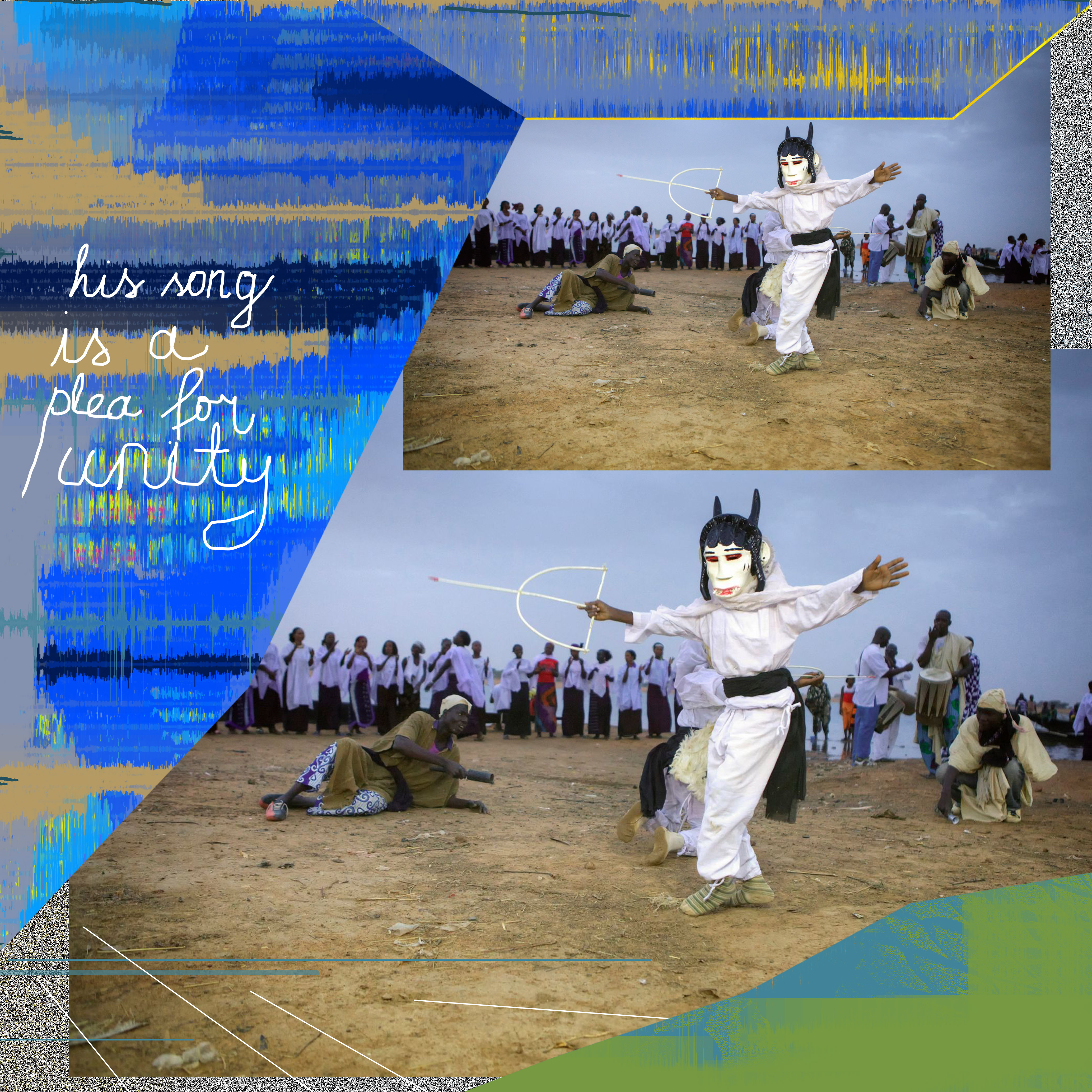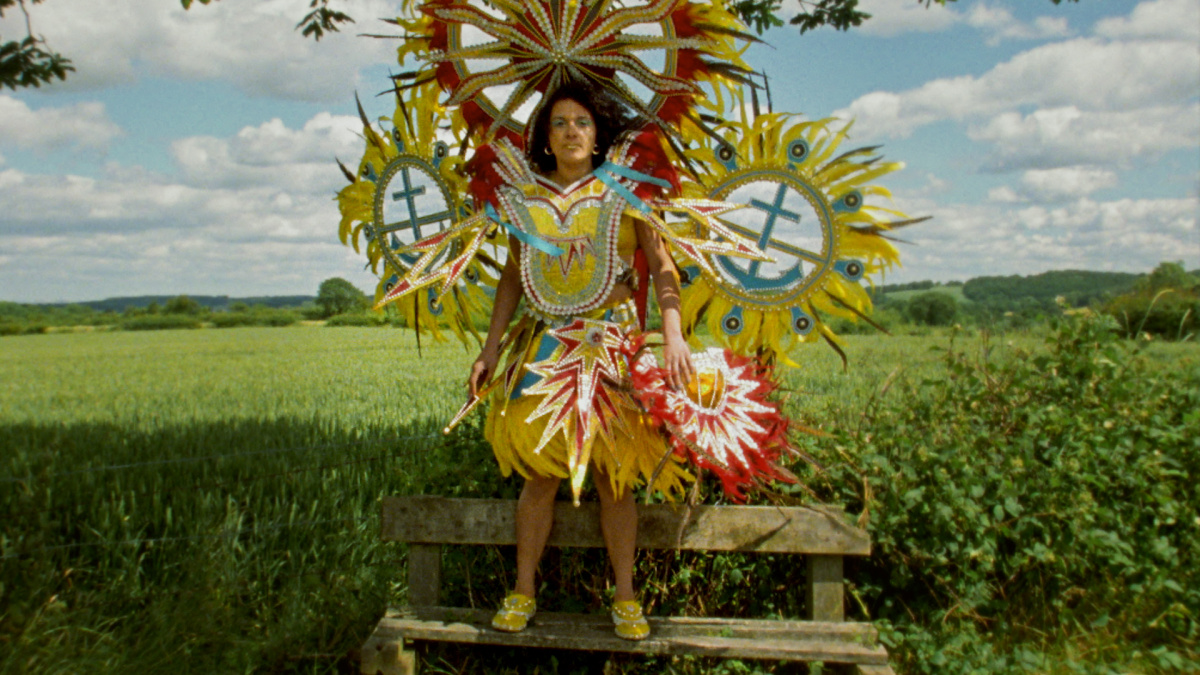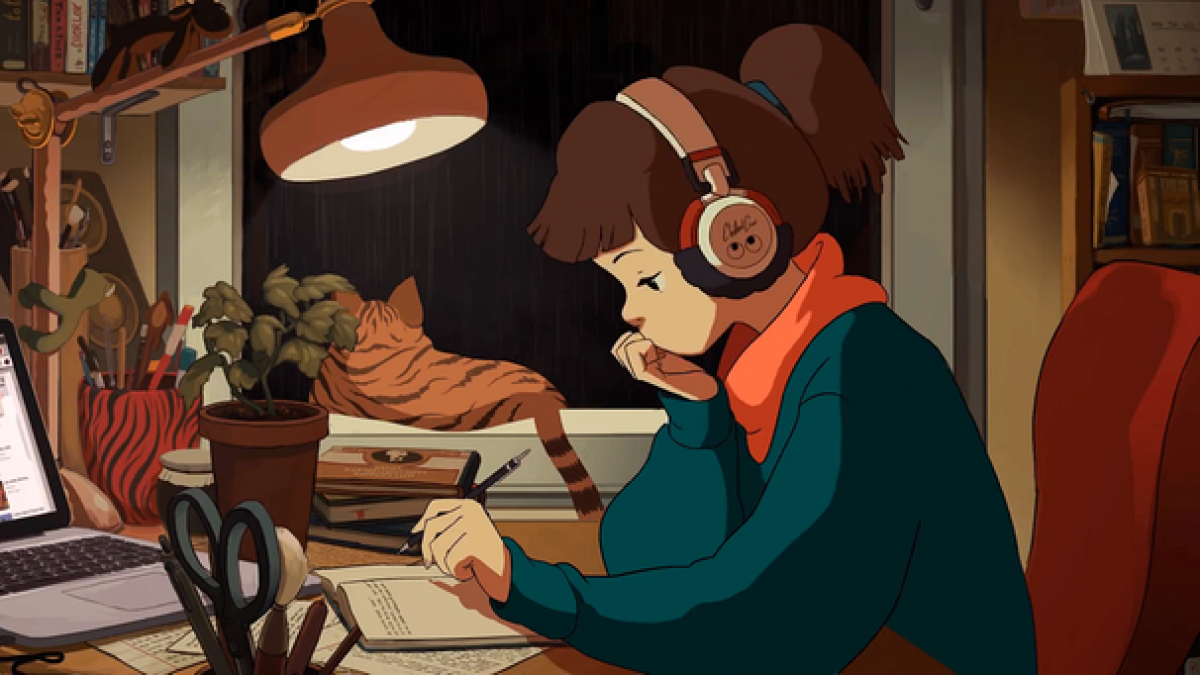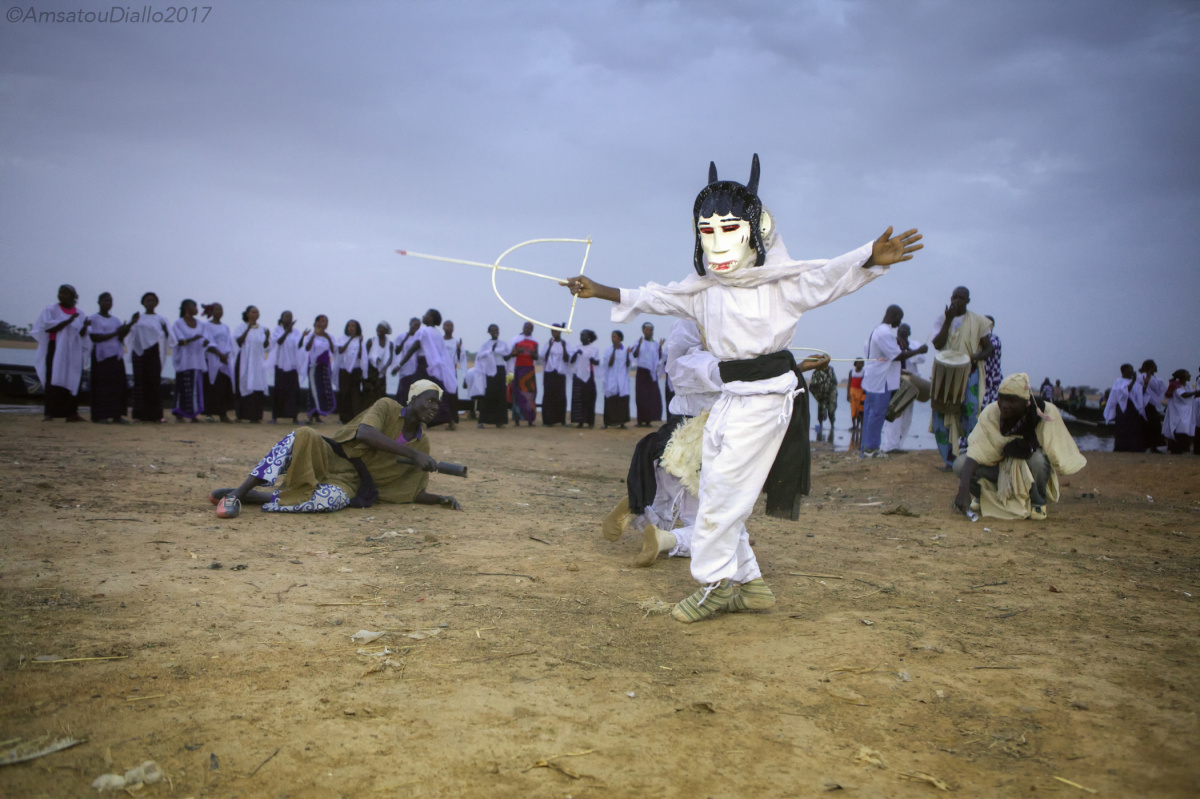
Fighting Back with Music
After the Islamist invasion of Northern Mali in 2012, music was widely banned. In their search for peace and freedom, Malian musicians have been fighting back – with music. A short insight into Mali’s music scenes, inspired by the film It Must Make Peace.
→ Check all articles of this special
→ Download PDF with introduction and table of contents
In the wider world, the West African country of Mali is known predominantly for one thing. Economically, the principal export is cotton, but it’s music that has really put Mali on the map, thanks to Salif Keita, Oumou Sangaré, Toumani Diabaté, Rokia Traoré and many others. This is why the ongoing events in the North of the country – beginning with a push for Tuareg independence, and leading to an Islamist invasion in 2012 and the banning of music and the destruction of instruments – came as such a shock. And why Malian musicians themselves were (and still are) determined to fight back in the only way they know how: With music. For them, the idea of their country without music is inconceivable.
Most significant was Fatoumata Diawara’s «Mali-ko» (Mali Gathering). An urgent show of solidarity recorded soon after the invasion of Northern Mali, the song brought together most of the country’s top musicians in the Bogolan Studio in Bamako, including Bassekou Kouyaté, Toumani Diabaté, Khaira Arby and Afel Bocoum. Its lyrics were a call for unity and peace; referring to the Islamists, it said, «our Mali will never belong to these people».
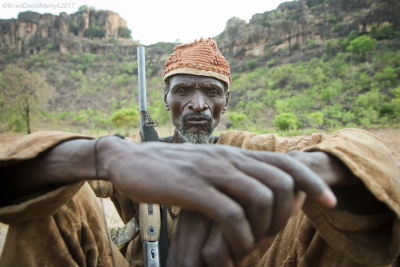
A Plea for Unity
Singer and guitarist Afel Bocoum, the primary interviewee in the film It Must Make Peace, is a disciple of the great Ali Farka Touré and was born in Niafunké on the Niger river. Now, like so many others, he’s unhappily in exile in the capital Bamako. «Yer Gando», from his recent album Lindé (2020), is a plea for unity – and it’s not the only song on the album that addresses the current problems.
The most high-profile new act in Mali is Songhoy Blues, a rock and roll guitar band from Timbuktu. Three of the band’s four members are of Songhai ethnicity, from the north of Mali, hence their name. Guitarist Garba Touré, who played percussion with Ali Farka Touré, said that when the Islamists threatened to smash his instrument he knew he had to head South.
Belief in Peace
The group was founded in Bamako and their 2015 debut album was called Music in Exile. Its last track, «Mali» is about the band’s belief in one nation. With the support of Damon Albarn and Africa Express events, Songhoy Blues have had extraordinary international success. Of their most recent album Optimisme (2020), bass player Oumar Touré says: «It gives hope to life because we believe in peace, in freedom, and in the defeat of religious extremism.»
This film conveys a similar message, displaying the country’s mix of ethnicities and rich traditions. Traditionalists, like the hunter’s harp player Sidikiba Coulibaly, and rappers, like Mylmo N’Sahel, both criticise the distortion of Islam. This is one of the few things on which they agree – their musical outlooks couldn’t be more different. As Afel Bocoum says near the end of the film: «We have many languages and ethnicities and we are united. The day we lose that we lose everything.» It’s in that hope for unity that the musicians – and most Malians – are hanging on.
The film «It Must Make Peace» by Paul Chandler was officially selected at the Norient Film Festival NFF 2021. See full program here.
This text is part of Norient’s essay publication «Nothing Sounds the Way It Looks», published in 2021 as part of the Norient Film Festival 2021.
Bibliographic Record: Rhensius, Philipp. 2021. «Editorial: NFF 2021 Essay Collection.» In Nothing Sounds the Way It Looks, edited by Philipp Rhensius and Lisa Blanning (NFF Essay Collection 2021). Bern: Norient. (Link).
Biography
Links
Published on February 16, 2021
Last updated on April 09, 2024
Topics
About Tunisian rappers risking their life to criticize politics and musicians affirming 21st century misery in order to push it into its dissolution.
How does Syrian death metal sound in the midst of the civil war? Where is the border between political aesthetization and inappropriate exploitation of death?
Snap
